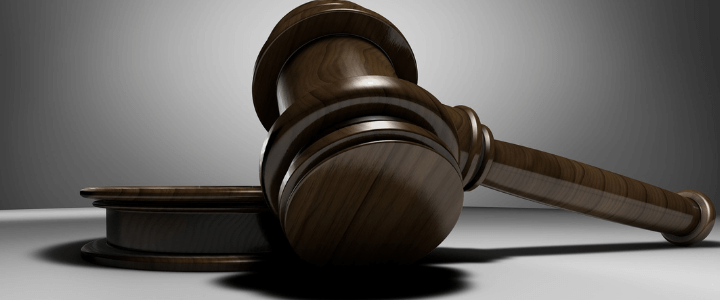Crisis Communication: How to Respond to a Crisis

These days it is crucial for your company to be prepared for a crisis situation in order to maintain your reputation and to protect your stakeholders.
If we think of an example of a crisis situation, the one that pops into mind is the emission scandal of Volkswagen. The car manufacturer was accused of manipulating its engine controls so it could pass the laboratory emissions tests.
Now, what do you do if your company is facing such a scandal? There are two important theories that could give you a better insight of how to respond properly when confronted with a crisis: ‘Image Repair Theory’ (Benoit, 1997) and ‘Situational Crisis Communication Theory’ (Cooms, 2007).
Image Repair Theory
This theory guides you through your crisis by offering 5 strategies you could use.
The first strategy that you could implement in your reaction is denial. This means you could simply deny that you, as a company, did anything wrong or you could just shift the blame.
The next strategy is the evasion of responsibility. This identifies that you push away the responsibility a little bit but not completely.
According to the third strategy, a company will try to reduce the offensiveness of the event by attacking the accuser, offering a compensation, and minimising or differentiating the event.
The next strategy — corrective action — is a very important one. If you implement this one, make sure you try to guarantee that whatever happened, will never happen again.
The last strategy is mortification, which means you are apologising for your actions. This is one of the most important strategies that you could and should always use when being confronted with a crisis.
Situational Crisis Communication Strategy
This theory gives more guidelines in comparison to the previous one. The company will not only get insights of what they should do — meaning which strategy to use —- but also when to use the right strategy.
This indicates a distinction between crisis types (victim crisis, accidental crisis, and preventable crisis) and crisis response strategies (deny strategy, diminish strategy, and rebuild strategy). For each crisis type, there is another strategy to use.
Whenever your company is facing a victim crisis, it signifies that you are not held responsible for the outcome because you weren’t in the position to do anything about it. For this type of crisis, it is best to use a deny strategy. One thing to keep in mind when applying this principle is to make it clear that it was not your fault, rather than to point the finger at someone.
If your company is dealing with an accidental crisis, then it should implement a diminish strategy. This means you will either say that it is partly your fault, or you will just minimise your responsibility.
Last but not least your company can also be confronted with a preventable crisis. This is the worst-case scenario. The strategy that should be used during this type of crisis is the rebuild strategy. Your company should take as much responsibility as possible, apologise, and offer compensation in order to rebuild your companies’ reputation.
As a final point, no matter how serious the crisis may be, always break the news about your own crisis before it is discovered by the media or other parties. In that case, you will be able to manage and frame the information yourself.















